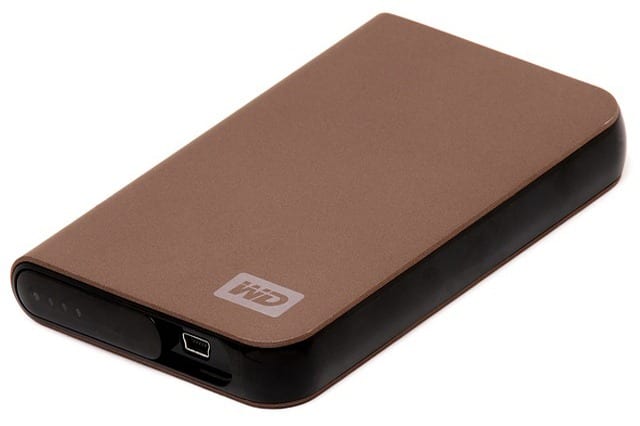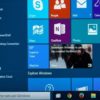Name any computer peripheral that comes to mind. Printer, keyboard or mouse—you name it, most likely there is a wireless variant for it. Even external hard drives have jumped onto the wireless bandwagon. Some people may argue that wired options are still the better choice, but, in the case of hard drives, these three reasons should convince you to go wireless.
The Wireless Drive Is a Perfect Match for Your Mobile Companion
Many years have already passed since the smartphone became the go-to gadget for many mobile users, and yet we’re still stuck with products that barely have any free storage space. The latest iPhone 6s and 6s Plus, for instance, are still offered in 16-gigabyte variants. That’s hardly enough, what with all the large storage demands of 4K videos, high-profile games, lossless photos, and the like.
To give you an idea, a 30-second 4K video recording can easily take up 180 megabytes. Make it 30 minutes long, and you have a 12-gigabyte video that’s hogging up nearly all the space of a 16-gigabyte smartphone. Indeed, owning a smartphone with a 4K camera doesn’t matter if you end up with storage woes.
If you keep accumulating several photos and videos, and you’re always running out of space, you can easily offload the goods onto wireless external hard drives. Storage options range from 128 gigabytes for solid state drives (SSD) to a whopping 4 terabytes for hard disk drives (HDD). These storage sizes are perfect for data backup and media streaming, which is further discussed below.
You Can Stream Content from a Wireless Drive, Among Other Things
No-frills wireless external hard drives are enough as a portable storage solution. If you’re willing to spend more money, however, some high-end models come with superb feature sets that include wireless streaming. You can view photos, watch movies and listen to music on your smartphone without the need to transfer files. Multiple users can simultaneously stream content, depending on the drive’s wireless capabilities.
Other brands go the extra mile by integrating card readers, supporting multiple platforms, and offering mobile apps for easy file management. Some wireless drives even function as power banks, letting you bring your smartphone back to full charge.
The No-Wire Experience Is Incredibly Convenient
The name speaks for itself: wireless drives don’t require cables (except for when they need charging, at which point the drives also function as a regular, plugged portable drive). As long as your device can communicate with the drive’s embedded Wi-Fi network and use the appropriate app, you can access and modify the drive’s content. There’s no more need to free up a USB port or worry about compatibility issues.
Let’s say you’re adamant about using a wired external drive…this will leave you with several problems to address. For one, you’ll need the correct cable adapter if your mobile device uses a different port (such as micro-USB or Lightning) other than the regular USB. You also need to confirm if your device can directly access an external drive, or else you’ll need to hook up both your device and external drive to a full-fledged computer. Lastly, your device must power the drive to make it work, and that often means running out of battery very quickly.
When it comes to storage, you have a several options: flash drives, portable (wired) hard drives and even cloud services. But in terms of compatibility and convenience, especially for mobile users, none can beat wireless drives.


